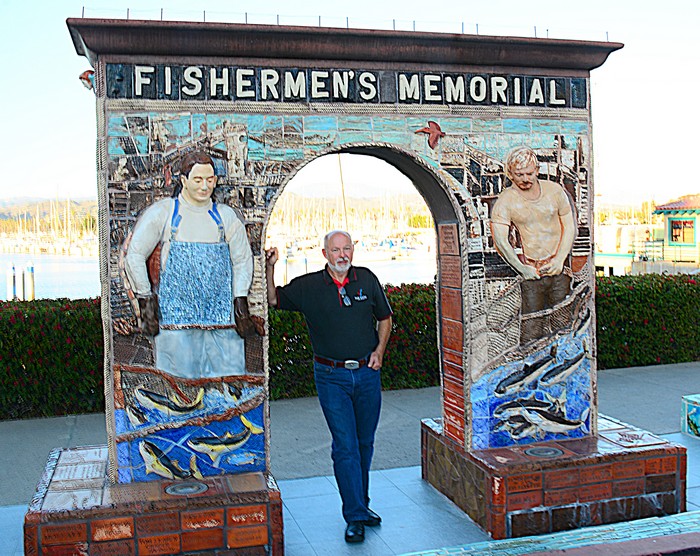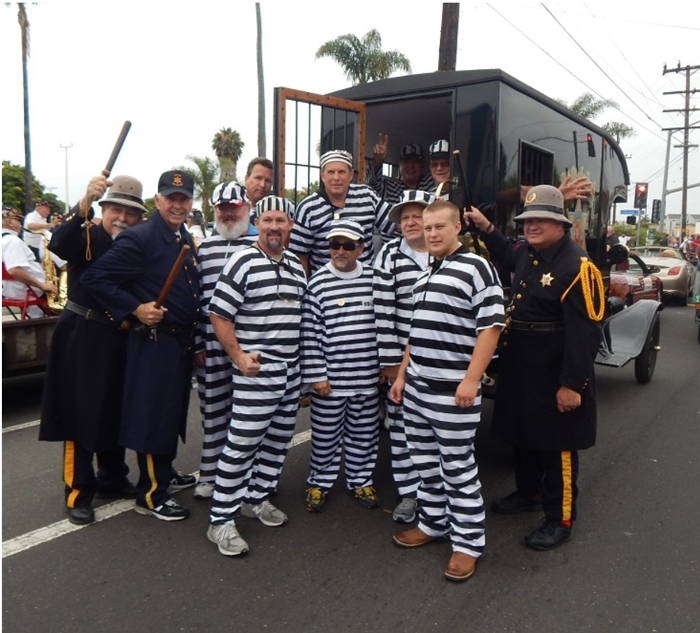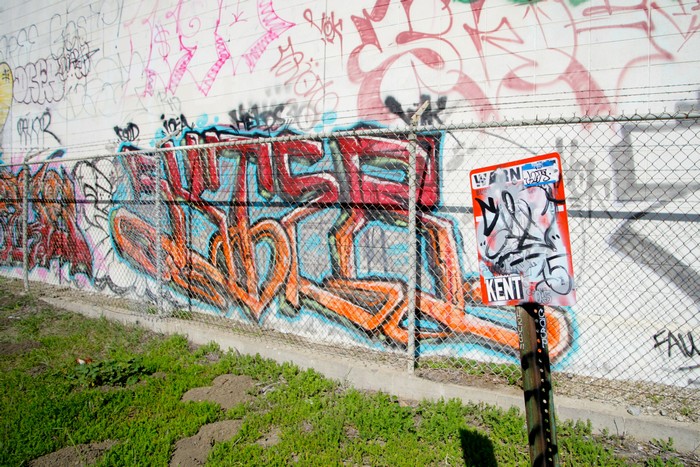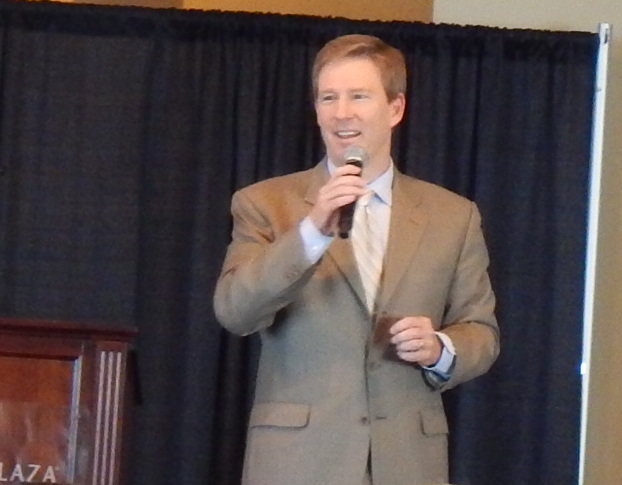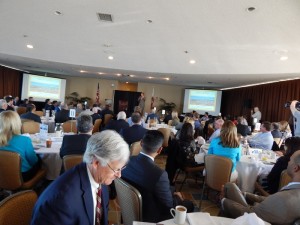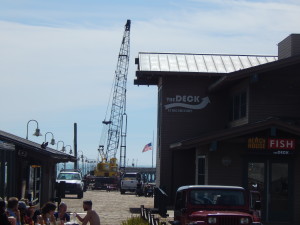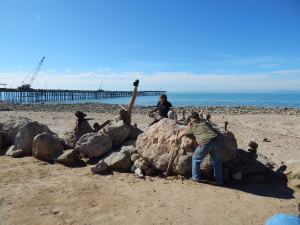The City of Ventura recently finished a significant step in completing the needed infrastructure for a high priority project known as Focus Area One which includes the Ventura Auto Center and Olivas Park, a future development project. The Olivas Park Drive Sewer Interconnect project includes installation of a new sewer pipeline that will bypass the decommissioned Montalvo wastewater plant and redirect sewage into the city’s system. Focus Area One is slated to become a regional retail destination and is one of the Ventura City Council’s top priorities of economic development.
The more than 100-acre Focus Area One project will significantly improve the area’s transportation network with the extension of Olivas Park Drive to connect to Johnson Drive. Additionally, construction of an earthen levee will protect the project site from the adjacent Santa Clara River and allow for new construction. Connecting Olivas Park Drive to Auto Center Drive and Johnson Drive greatly improves access from the 101 freeway to the Ventura Auto Center which generates approximately $3.76M annually to the General Fund. The road and levee are in design now and the project is anticipated to begin construction by early 2017.
“The physical improvements will provide access to currently vacant land for economic growth in this area,” said City Manager Mark Watkins. “We are making important progress.”
The Montalvo Community Services District’s (MCSD) wastewater plant is being decommissioned and will eventually be demolished. Originally built in 1954, it provided sewage treatment for Montalvo properties north of Hwy 101 that will now become Ventura Water customers. Approximately 200,000 gallons a day from the former MCSD will be treated at the city’s reclamation facility generating significant environmental benefits to the estuary and ocean.





